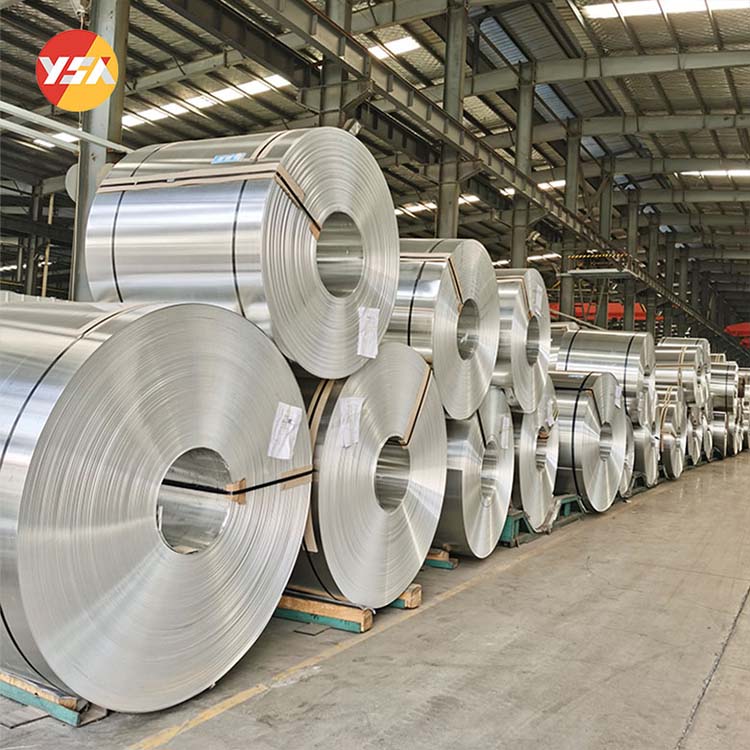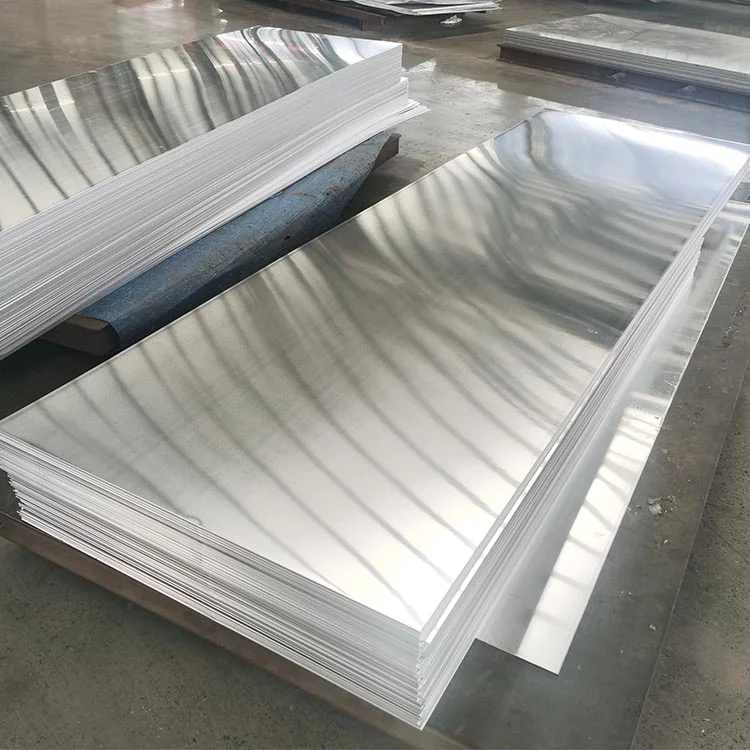[ad_1]
Aluminum foil is a household staple that is used for a variety of purposes, from wrapping leftovers to lining baking pans. But have you ever stopped to wonder just how thin aluminum foil really is? In this article, we will delve into the science behind aluminum foil, exploring its thickness and the properties that make it such a versatile material.
Aluminum foil is made by rolling large slabs of aluminum into thin sheets. The thickness of these sheets can vary depending on the intended use of the foil. Most household aluminum foil is approximately 0.2 millimeters (mm) thick, which is equivalent to about 0.0079 inches. This thickness is ideal for wrapping food items and covering dishes, as it provides a good balance of strength and flexibility.
But how does this thickness compare to other materials? To put it into perspective, a standard piece of printer paper is typically around 0.1 mm thick, while a human hair ranges from 0.02 to 0.08 mm in diameter. This means that aluminum foil is quite thin in comparison to these everyday items, making it a remarkably versatile material.
The thinness of aluminum foil is what gives it its unique properties. Despite its thinness, aluminum foil is incredibly strong and durable. It is also highly flexible and can be bent, folded, and crumpled without breaking. This makes it an ideal material for wrapping food items, covering dishes, and even creating makeshift cooking vessels.
In addition to its strength and flexibility, aluminum foil also has excellent thermal conductivity. This means that it can quickly transfer heat from one surface to another, making it ideal for use in cooking and baking. When wrapped around food items, aluminum foil helps to trap heat and moisture, resulting in faster and more even cooking.
Another important property of aluminum foil is its resistance to corrosion. Aluminum naturally forms a thin oxide layer on its surface, which helps to protect it from rust and other forms of corrosion. This makes aluminum foil a safe and hygienic option for wrapping food items, as it will not react with acidic or oily foods.
So, how thin is aluminum foil really? In scientific terms, the thickness of aluminum foil is often measured in micrometers (μm) or thousandths of a millimeter. The thinnest aluminum foil available commercially is around 0.01 mm thick, which is equivalent to 10 micrometers. This ultra-thin foil is often used in specialized applications where a lighter weight and higher flexibility are required.
Perguntas frequentes:
1. Is aluminum foil safe to use for cooking?
Yes, aluminum foil is safe to use for cooking. It is a food-grade material that is approved by regulatory agencies around the world. However, it is important to avoid using aluminum foil with acidic or spicy foods, as these can cause the foil to break down and leach aluminum into the food.
2. Can aluminum foil be recycled?
Yes, aluminum foil can be recycled. It is a highly recyclable material that can be reused multiple times. To recycle aluminum foil, simply rinse off any food residue and place it in the recycling bin with other aluminum products.
3. How can I reuse aluminum foil?
There are many ways to reuse aluminum foil. You can use it to wrap leftovers, cover dishes, line baking pans, and even create artwork or crafts. Just be sure to clean and flatten the foil before reusing it to avoid tearing or puncturing.
In conclusion, aluminum foil is a remarkably thin and versatile material that has a wide range of applications. Its thinness, strength, flexibility, and thermal conductivity make it an ideal choice for wrapping food items, covering dishes, and cooking and baking. By understanding the science behind aluminum foil, we can better appreciate its unique properties and make the most of this essential household item.
[ad_2]


